Steve Winwood Rocks
After more than a half century on the international stage, Steve Winwood has not lost a step in the quality of his musicianship and performance. We got a chance to catch him in […]
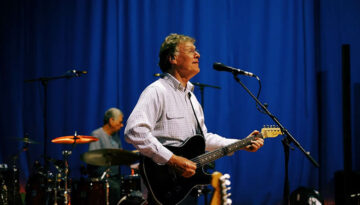
After more than a half century on the international stage, Steve Winwood has not lost a step in the quality of his musicianship and performance. We got a chance to catch him in […]
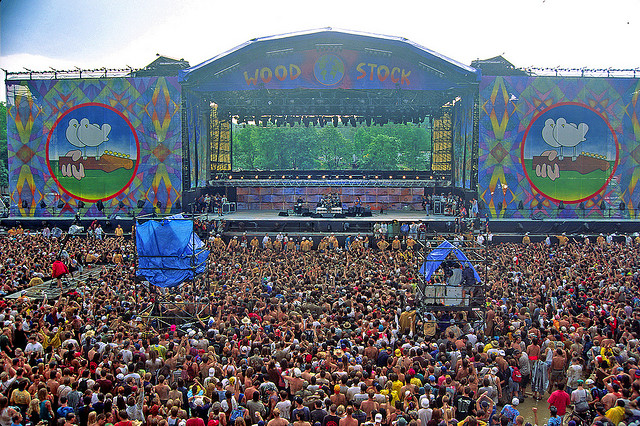
Through the long history of rock and roll, there have been impressive second acts. We’ve spoken about such comebacks during some of our late 1980s reviews, most prominently the full re-ascent of the […]
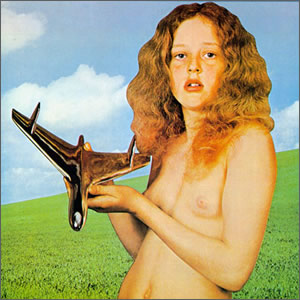
Buy Blind Faith Rising from the ashes of two defunct English rock bands, Blind Faith lived a very short life as a “super group” in 1969. Despite being together for less than one […]
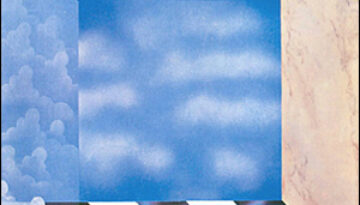
Buy Low Spark of High-Heeled Boys Traffic reached a level of distinction with the second album of the second incarnation of the band (their fifth album overall). The Low Spark of High-Heeled Boys […]

Buy John Barleycorn Must Die Traffic returned from a short hiatus with the 1970 album John Barleycorn Must Die. Reformed as a trio, the group built this album mainly on extended, jazz-infused jams […]
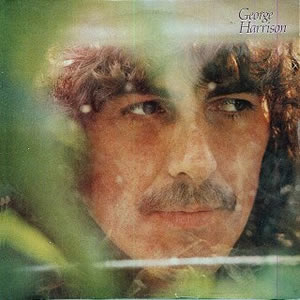
Buy George Harrison Released in early 1979, George Harrison’s eponymous studio album is a light and breezy work of bliss and contentment by the ex-Beatle as he started a new family in his […]
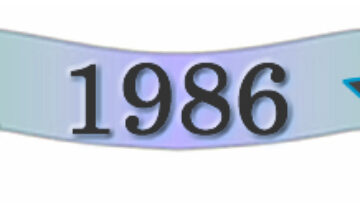
Buy Back In the High Life Steve Winwood is an artist who has had two major phases of his professional career. Starting as a teenager with the Spencer Davis Group, he was thrust […]
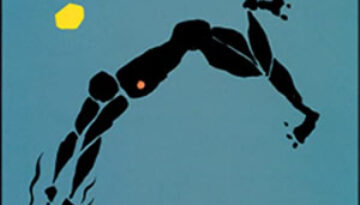
Buy Arc of a Diver Arc of a Diver is a true “solo” record by Steve Winwood as he played every instrument and recorded and produced the album in his private studio. The […]